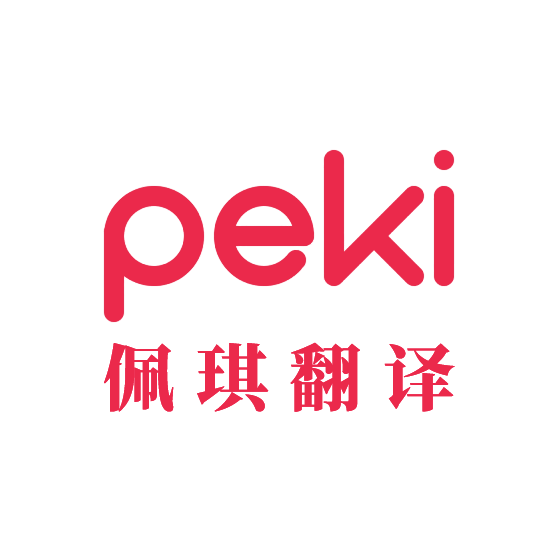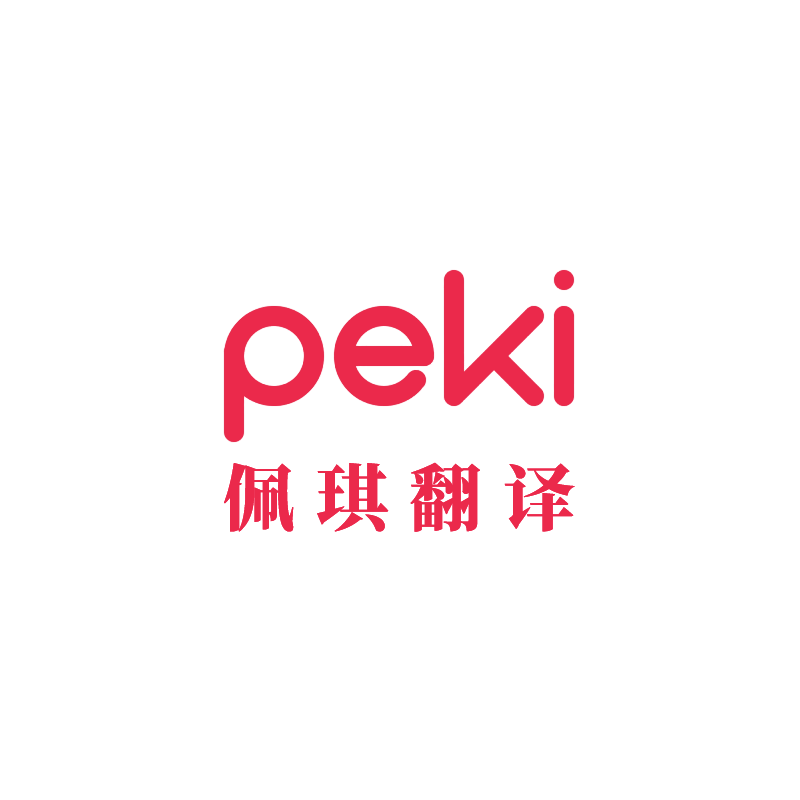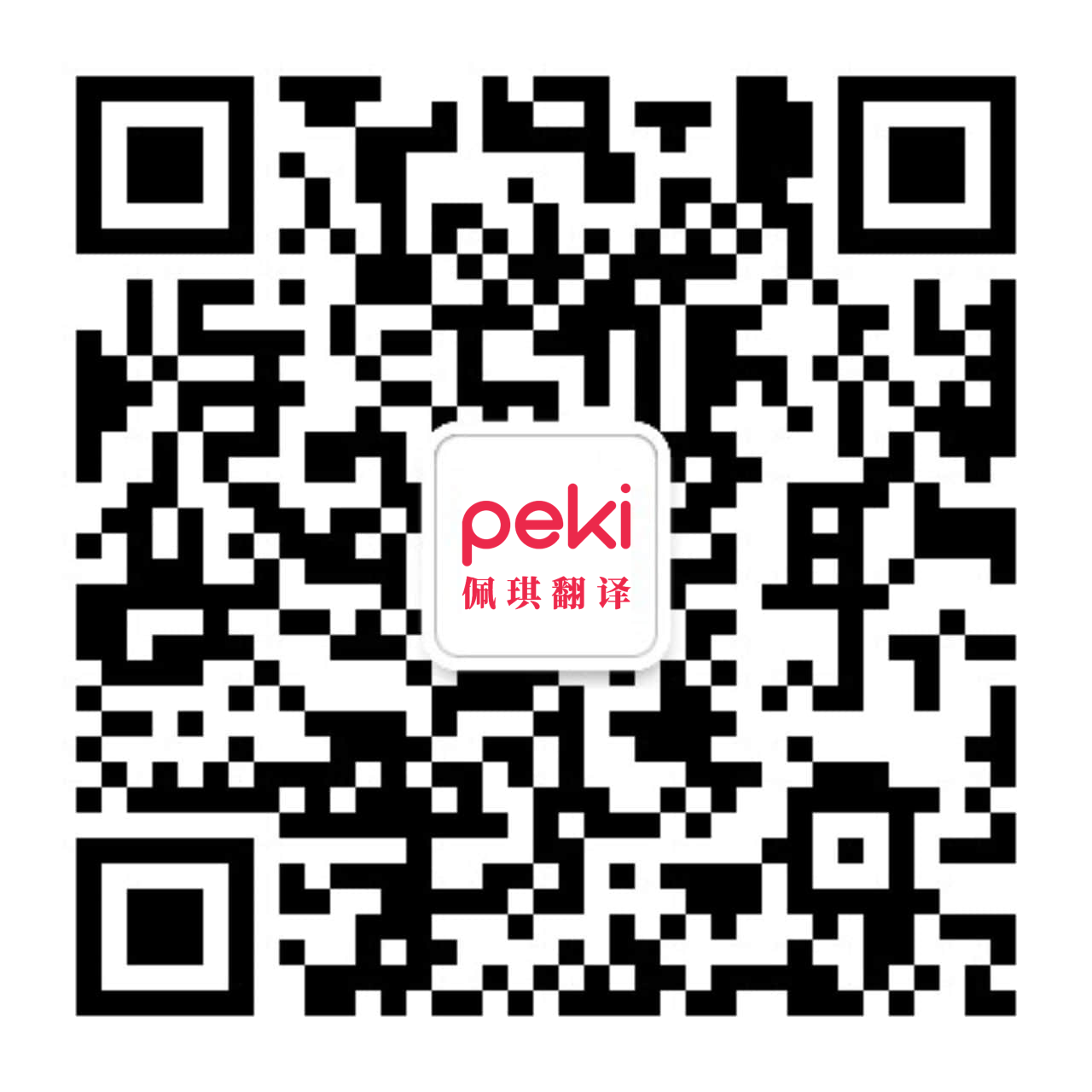
着眼点、发力点、增长点……这些与“点”有关的表达如何翻译?
“……点”的翻译
在具体翻译中在遇到“着眼点”、“发力点”、“增长点”等表达时,应该如何准确翻译呢?
我们先来看几句例句:
坚持质量第一、效益优先,继续固本培元,增强宏观调控针对性有效性,注重从企业和群众期盼中找准工作着眼点、政策发力点,努力实现全年增长目标。
As we strive to achieve this year’s growth targets, we should put quality first and give priority to performance, continue to consolidate the foundations of the economy, make macro regulation more targeted and effective, and keep in mind the expectations of enterprises and the people when deciding on work and policy priorities.
——2024年《政府工作报告》
在本句中“工作着眼点、政策发力点”被翻译为了“work and policy priorities”。原文中“着眼点”和“发力点”分别指的是在工作和政策上的重点关注。在英语中,“priority”通常指那些被认为最重要或需要优先考虑的事项,这与“着眼点”和“发力点”的含义相符合。
另外这一分句的结构“注重从……中找准……”,如果不从原文意义出发,而仅仅关注于语言外壳的话,其可直译为:“Pay attention to identifying the work and policy priorities from the expectations of enterprises and the public”。但这种译法会导致句子笨拙,译文读者不知所云,例如,“from the expectations of enterprises and the people”可能读起来像是物理上的移动或位置变换。语言结构难以翻译时,我们可以考虑翻原文意思,这里其实就是指“在决定工作着眼点、政策发力点时,要牢记企业和群众期盼”,因此可译为:“keep in mind the expectations of enterprises and the people when deciding on work and policy priorities”。
我们秉持创新、协调、绿色、开放、共享的发展理念,对接各国发展战略和区域合作倡议,培育经贸、互联互通、能源、农业、金融、科技创新等领域合作增长点,促进各国经济协同联动发展。
We have embraced the development philosophy of innovative, coordinated, green, open and shared growth, synergized our national development strategies and regional cooperation initiatives, and nurtured new growth areas for our cooperation in economy and trade, connectivity, energy, agriculture, finance, and innovation. This has helped promote coordination in our economic development.
——领导人在上海合作组织成员国元首理事会第二十三次会议上的讲话
在经济和发展政策的语境中,“增长点”指的是具有潜力推动经济增长的关键领域或要素。在本句中,“增长点”被译为“growth areas”,跟这一语境中合作领域相符合。
除了这一译法,“增长点”还有可能被翻译为以下几种形式,根据具体语境和需要的强调点有所不同:
Growth drivers: 强调这些领域作为整体经济增长的驱动力。
Growth sectors: 特指某些行业或部门作为经济增长的关键领域。
Growth opportunities: 强调这些领域提供的机遇,尤其是在国际合作和市场扩张中。
把实施扩大内需战略同深化供给侧结构性改革有机结合起来,以创新驱动、高质量供给引领和创造新需求。破除制约要素合理流动的堵点,贯通生产、分配、流通、消费各环节,形成国民经济良性循环。
We will pursue the strategy of expanding domestic demand and intensify supply-side structural reform, and generate new demand with innovation-driven development and high-quality supply. We will remove impediments to the rational flow of production factors along all links of production, allocation, distribution, and consumption to facilitate favorable circulation in our economy.
——2021年《政府工作报告》
在很多经济政策语境中,“堵点”通常指制约经济、社会发展的关键性瓶颈问题。在这句话中,"破除制约要素合理流动的堵点" 被翻译为 "remove impediments to the rational flow of production factors"。"Impediments" 表示障碍、阻碍,用于指代那些阻止事物顺畅进行的因素。除了这一译法,根据具体语境,“堵点”一词也可以译为:
①Bottlenecks
例如,在许多经济政策讨论中,“破除发展瓶颈”(break development bottlenecks)或者“解决发展中的瓶颈问题”(resolve bottlenecks in development)是常见的表述。这里的“瓶颈”与“堵点”在某些语境下可以互换,因为它们都指那些阻碍流程顺畅进行的关键点。
②Blockages
“Blockages” 也是一个描述阻碍、障碍的词汇,常用来指物理或抽象意义上阻碍正常运行的点。
③Obstacles
“Obstacles” 通常指立在达成目标路径上的障碍,也可以用来形容经济和政策上的“堵点”。
④Hurdles
“Hurdles” 常用于描述需要跨越的障碍,特别是在政策实施和经济改革中,用来指代那些需要克服的困难。
⑤Barriers
“Barriers” 通常用于描述更为坚固或者形式多样的障碍,包括法律、政策、文化等方面的障碍。
- 鉴于各方面资讯调整与变化,本站所提供的信息仅供参考,敬请以公布信息为准。
- 本站文章存在转载现象,所有转载均出于非商业性学习为目的,版权归作者所有。
- 如发现本站文章存在内容、版权、转载或其它问题,请及时联系我们沟通与处理。联系方式:liyan@peki.vip。

扫码关注
佩琪翻译学堂公众号
